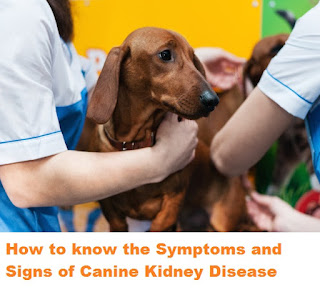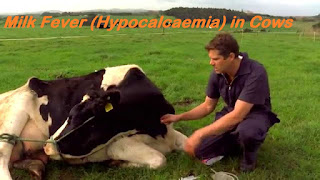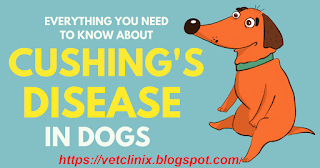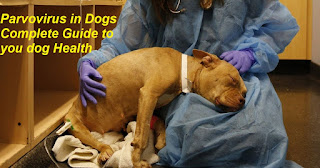Dog Leukemia
Dog Leukemia Definition of Dog Leukemia : - It is A malignant cancer of the WBCs " White Blood Corpuscles " where increase in the count of WBCs in the blood and bone marrow occurs and causing acute or chronic disease where chronic leukemia is less malignant than acute leukemia . Symptoms and signs of Dog Leukemia : Fever. Tongue : Pale color or white. Gums and mucus membranes : Pale . General : Weight loss, Vomiting,lethargy,Bruising and easily bleed. Digestive : Diarrhea,Vomiting and loss of appetite . Decreased Immunity : reoccurred infections , Delayed healing of wounds and bleeding much . Heart rate : Increased. Respiration :Irregular. Chronic infection of leukemia in dogs is characterozed by anemia , weight loss , enlargement of lymph nodes and spleen.... What are the Causes Dogs Leukemia ? Causes of Leukemia are not well known till now . But it is some mutation in bone marrow which cause development of the disease . Treatment





